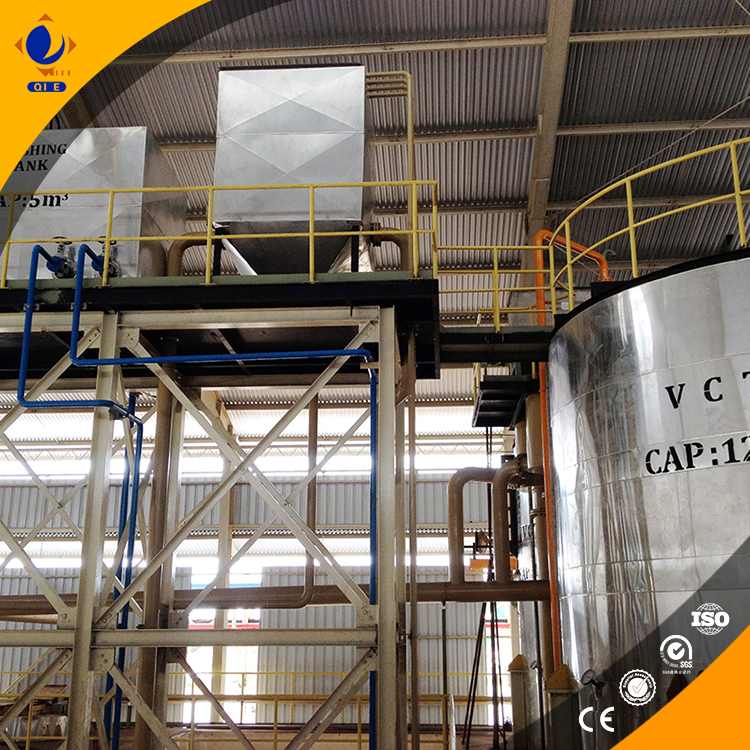
Soybean meal stands as a pivotal protein source in animal nutrition, especially within livestock and aquaculture sectors. Its rich profile, typically containing 44-48% crude protein with a balanced array of essential amino acids such as lysine and methionine, directly contributes to optimal growth rates and feed conversion ratios.
According to recent industry data, soybean meal delivers approximately 2.8 Mcal/kg metabolizable energy, making it not only a protein powerhouse but also a valuable energy contributor in feed formulations. This combination is vital for meeting the physiological needs of pigs during the finishing phase, layers in egg production, and various aquatic species.
Processing parameters critically influence the bioavailability and palatability of soybean meal. Techniques such as controlled drying (maintaining moisture below 10%), fine pulverization, and extrusion or expansion methods improve protein solubility and reduce anti-nutritional factors like trypsin inhibitors.
For instance, extrusion increases starch gelatinization and disrupts complex proteins, enhancing digestibility by up to 12%, as demonstrated in peer-reviewed studies. Moreover, advanced pelleting ensures uniform particle size, supporting consistent feed intake and minimizing selective feeding behavior.
| Processing Step | Impact on Protein Digestibility | Effect on Palatability |
|---|---|---|
| Conventional drying | Reduction by 5-7% | Neutral |
| Extrusion/pelleting | Increase by 10-15% | Enhanced feed acceptance |
Maintaining soybean meal quality post-processing requires rigorous moisture and temperature control, avoiding conditions conducive to mold and mycotoxin formation. Optimal storage moisture should not exceed 12%, with ambient temperatures kept below 25°C in well-ventilated silos.
Employing natural antimicrobial agents such as organic acids and leveraging airtight or inert gas atmospheres can significantly reduce microbial proliferation, thus preserving nutrient integrity. These measures are critical for long supply chains and bulk storage in large-scale feed manufacturing.
Strategic substitution ratios of soybean meal vary across production types and growth phases. For example:
These figures come from validated feed trials demonstrating improved feed conversion ratios (FCR) by approximately 5-8% when soybean meal inclusion is scientifically adjusted.

Market trends indicate fluctuating supply-demand balances influenced by factors such as soybean harvest yields, global trade policies, and biofuel production shifts. Price volatility ranges typically within ±12% annually, necessitating agile sourcing and inventory strategies for feed manufacturers.
Growth in emerging markets, especially Southeast Asia and Sub-Saharan Africa, forecast a compound annual growth rate (CAGR) of approximately 4.5% for soybean meal demand through 2028. Furthermore, increased attention to sustainable, circular resource use is driving innovative downstream applications.
Soybean meal is increasingly explored as a functional feed ingredient, contributing bioactive peptides and immunomodulatory effects. Concurrently, its role in organic fertilizer production via microbial fermentation pathways exemplifies resource circularity, reducing waste in soybean oil mills.
Industry leaders adopting these value-added approaches report cost savings upwards of 7%, alongside improved environmental compliance—an essential advantage in today’s regulatory landscapes.
Q: How does extrusion improve soybean meal’s nutritional quality?
A: Extrusion denatures anti-nutritional factors like trypsin inhibitors and enhances protein digestibility by breaking down complex molecules, thereby increasing nutrient availability.
Q: What storage conditions best minimize mold risk?
A: Maintaining moisture below 12%, stable temperatures under 25°C, and good ventilation are critical to suppress mold growth and preserve feed quality.

Discover Advanced Soybean Meal Solutions to Maximize Feed Efficiency and Profitability
Ultimately, a scientific, data-driven approach to soybean meal utilization empowers feed producers to reduce ingredient costs while maintaining or enhancing animal performance. Continuous innovation in processing technology, alongside responsive storage protocols, underpins this equilibrium.
This synergy forms the foundation for sustainable feed manufacturing, supporting resource circularity and elevating the economic value of this critical soybean oil byproduct.

Partner with Us to Unlock Soybean Meal’s Full Potential in Your Feed Portfolio

